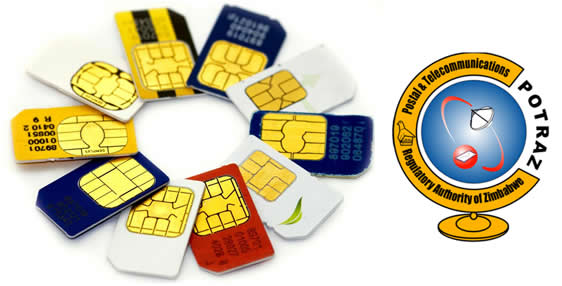Mobile operators’ revenues decline

Business Reporter
Mobile operators’ revenues declined by 9,7 percent to $179,8 million in the first quarter to March from $199,2 million recorded in the previous quarter, signifying the negative impact Over-The-Top services have had on operators.
In its quarterly report, the Postal and Telecommunications Regulatory Authority of Zimbabwe said OTTs will continue to present opportunities and challenges for operators. “The anticipated overall impact on revenue performance is expected to continue unless operators come up with innovative ideas to deal with the impact of OTTs on their revenues,” Potraz said.
Total voice traffic declined by 7,1 percent to record 993 582 256 minutes from 1 069 944 767 minutes recorded in the previous quarter. Voice service is still the major revenue contributor contributing 58,9 percent. The revenue contribution of data and internet services is improving after having contributed 21,5 percent in the quarter under review, up from 20,2 percent recorded in the previous quarter.
Most voice traffic categories experienced reduction in volumes with mobile off-net experiencing the biggest decline of 13,2 percent. There was also a general decline in SMS traffic in the period under review. “The substitution of traditional voice and SMS with Over-the-Top (OTT) services text and voice is attributed to the general decline in voice and SMS traffic,” the report said.
However, there were cheers for the second largest mobile operator, NetOne, which led the sector in the first quarter, recording a 1,9 percent increase in active mobile subscriptions to 4 801 762 from 4 712 410 recorded in the last quarter of 2016.
Econet recorded a marginal 0,5 percent increase to 6 390 232 in the period under review from 6 360 904 recorded in the previous quarter while Telecel declined 1,1 percent.
“Active mobile subscriptions totalled 12 977 315 in the quarter under review. This represents a 0,8 percent increase from 12 878 926 recorded in the fourth quarter of 2016. An active mobile line is one which has been used to make or receive a call and/or send or receive a message at least once in the past 90 days.
“Using the 2017 population figure of 13 727 493 as per projections by ZIMSTAT, the mobile penetration rate was 94,5 percent. This represents a 0,3 percent decline from 94,8 percent recorded in the previous quarter,” Potraz said.
Potraz said mobile internet data usage increased by 4,7 percent to record 2 688 410GB from 2 567 401GB recorded in the previous quarter. Active mobile money subscribers declined 1,6 percent to 3 251 784 in the first quarter from 3 303 188 recorded in the fourth quarter of 2016.
An active mobile money subscriber is defined as a customer account that has used the mobile money service to make transactions that involve the movement of value (such as cash-in, cash-out, bill payments, airtime top-ups) at least once in the last 90 days. There was a general decline in cash-in, cash-out and cross network mobile money transactions in the first quarter of 2017.
There was a marginal increase in active internet subscribers in the first quarter of 2017. The total number of active internet subscriptions increased by 0,01 percent to reach 6 722 677 from 6 721 947 in the previous quarter.
Using the 2017 population figure of 13 727 493 as per projections by the ZIMSTAT, the internet penetration rate was 49 percent. This represents a one percent decline from 50,1 percent recorded in the previous quarter.
Mobile internet subscriptions constituted 98 percent of total internet subscriptions. Of the total mobile internet and data subscriptions, 271 252 accessed and used LTE in the quarter under review. This represents a 28,2 percent increase from 211 566 subscribers recorded in the previous quarter.









Comments